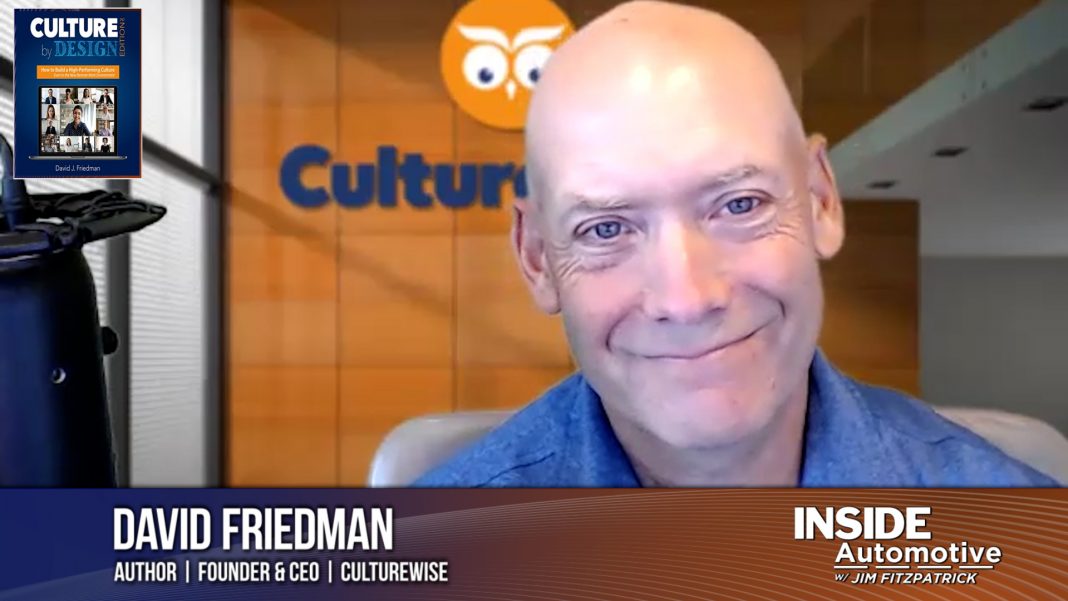As leaders and business owners, many of us think about the importance of building trust with our customers, but is employee trust being overlooked? According to new research brought to us by Forbes, over half of the American workers feel they have no one to turn to with a workplace issue. This can be detrimental. So where do organizations start? On today’s show, we’re pleased to welcome David Friedman, Founder, and CEO of CultureWise and author of his latest book, Culture by Design: How to Build a High-Performing Culture Even in the New Remote Work Environment. Friedman joins us to discuss critical behaviors that build employee trust in CEOs.
A lot of employees got used to working from home and a number of them prefer continuing that. It works in both ways, says Friedman. From an employer standpoint, they now can call upon a workforce that can almost be anywhere in the world. But from a retention standpoint, employers are also competing to hold down their team members, from other networks of employers.
Friedman says culture is about the norms of behavior that’s become accepted in the group. He says everyone now, no matter the size of the company, has to be a lot more purposeful, intentional, or systematic while creating a culture they want. There’s no greater element in the success of any organization than creating employee trust in a workplace. Transparency is one of the biggest elements of employee trust.
| Related: How to build trust and cultivate a strong relationship with your customer |
We fear vulnerability leads to loss, but actually, it leads to a better relationship. Friedman says when there is bad news, employees want to be told the truth and they want to be treated fairly. Honor your commitments and do what you say you’re going to do.
Another behavior that has a significant impact on trust is practicing blameless problem-solving. Friedman says it creates defensiveness and stifles innovation. The three elements to the behavior are to fix the problem first. It doesn’t matter who’s fault it was. The second element is to diagnose what caused the problem and discuss what you’ve learned, without blame. The third element is to incorporate what you’ve just learned into a process improvement to stop the problem from repeating itself.
Did you enjoy this podcast with David Friedman? Please share your thoughts, comments, or questions regarding this topic by submitting a letter to the editor here, or connect with us at newsroom@cbtnews.com.
Be sure to follow us on Facebook and Twitter to stay up to date or catch-up on all of our podcasts on demand.
While you’re here, don’t forget to subscribe to our email newsletter for all the latest auto industry news from CBT News.











